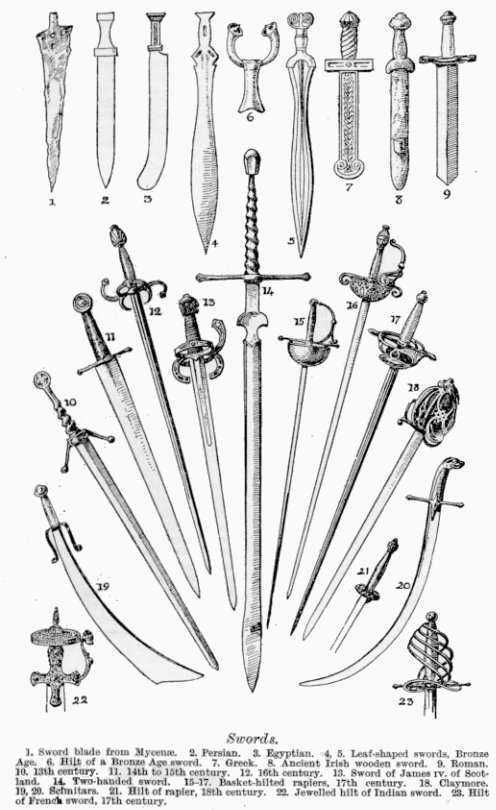Weapons and Styles
One of the unique features of Western Martial Arts is the wide variety of weapons involved. Even limiting the range to just swords you can a fantastic range of shapes, lengths and sizes.
With many weapons there are historical sources detailing their proper use, making each their own mini-martial art. Some masters are very specific about their weapon of choice, others created multi-weapon systems, or explain how techniques and concepts from one weapon translate to others.
Some Western Martial Artists focus on a single weapon and follow one method for its use. Others look at multiple methods for the same weapon, or train with a range of weapons according to the teachings of different historical masters. In my experience, most fighters pick up more weapons over time, or at least look into other systems for their weapon to understand their opponents better.
This raises a question for me. Are you better off practicing multiple fighting styles and trying to keep them separate, or should you adopt a mixed style, blending together the methods you know and seeing how they apply to various weapons?
Personally I don’t I have the head-space to alternate between styles and keep them separate. I’ve tried, but I inevitably fall back on old reflexes when put under pressure (one of the more extreme examples was pulling out a classic kick-boxing move during a rapier bout). At best I can manage maybe an 80% approximation of a particular style with the rest filled in with other sources and a fair amount of improvisation.
In a future article I’ll write about the successes and failures I’ve had with mixing and matching styles and weapons. For now I’d like to focus on the pros and cons of treating Western Martial Arts as a single mixed martial art, rather than an umbrella term for all the styles.
Pro – developing an individual style.
It’s nice to have your own fighting style, all the historical masters did after all. Picking and choossing techniques that work for you also lets you focus on your strengths and may give better results than trying to imitate a historical methods.
Con – historical accuracy.
Thoughts on what constituted good fighting varied widely with time, geography and the weapons commonly used. If you’re figthing a style based predominantely on alternating parries and ripostes then you could get an advantage by doubling up an attack or attacking mid-tempo. However this raises about why people avoided those techniques at the time and why you’re fighting in that style to begin with.
Pro – historical accuracy
Historical masters didn’t live in a vacuum. They were constantly criticizing, borrowing from and sometimes blatantly ripping off each others works. We can read treatises where masters mention their influences and that their style is a blend of the above. Picking a few sources from a similar time-period can give you more context and may result in something closer to what a fighter of the day would have practiced.
Con – sportification
Some weapons will wound with a particular technique where others won’t. Some period clothing is more resistant to attack. If you’re only counting touches then mixing attacks from one weapon with another could give you an unrealistic scoring advantage.
Pro – authenticity
We aren’t living in the past. We can’t think about fighting the way historical people did, but probably the more successful ones didn’t stop to consider whether their next move appears in a manual in a life or death fight. If you fight reflexively then it might be less historical, but it is more authentic and over-thinking can introduce all kinds of other inaccuracies whole other kind of inaccuracy. Who knows, maybe a Flemish peasant randomly pulled off something like a Judo throw on their opponent after dropping their flail.
Although, not this time...
There’s plenty more points that could be made and debated, but hopefully that’s given you some food for thought. Next time I’ll try to add in more real-life examples to keep things a bit more practical.



